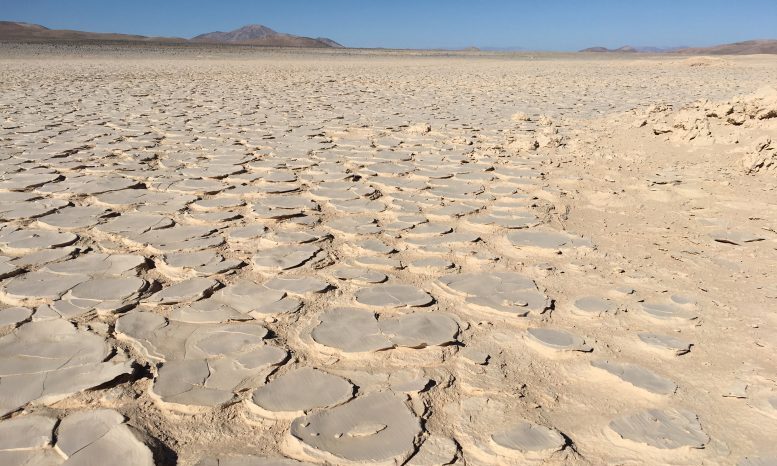In a discovery that has implications for the search for extraterrestrial life, scientists have discovered microbial life 13 meters below the surface of the Atacama Desert, the world’s most inhospitable desert. The Atacama Desert in northern Chile is the driest hot desert in the world. Higher life forms are almost completely absent, but the extremely arid soil, rich in salts and sulfates, contains bacteria.
The first 80 centimeters of soil are thought to be a possible shelter against harsh UV rays and a place where some water may be found. What about deeper horizons? Dirk Wagner and his colleagues sought to extend the understanding of desert biota into the deep subsurface. To collect soil samples, the authors dug more than four meters in the Yungai Valley.

The authors invented a new extraction method to ensure that DNA samples were taken from living organisms. Loose DNA was first washed, then DNA inside intact cells was extracted for sequencing. Microbial communities dominate the upper 80 cm of playa sediments Firmicutes. Another microbial community dominated by actinobacteria was found below 200 cm.
Some bacteria showed genetic similarity Geodermatophilus pulveris And Modestobacter caceresii. The authors suggest that this community may have colonized the land 19,000 years ago before being buried by playa sediments, and suggest that the community may have continued downstream for an indeterminate distance, representing a previously unknown deep biosphere beneath the extremely arid desert soils.
A deep community of bacteria may rely on gypsum for water. The authors note that Mars also has gypsum deposits that could theoretically serve as a water source for microbial life.
Source: Port Altele
